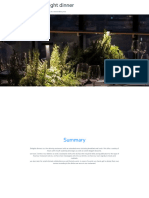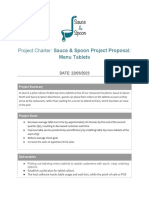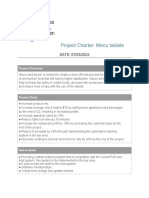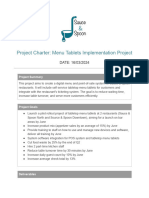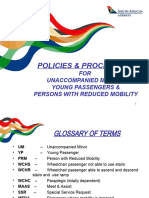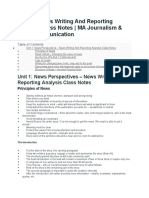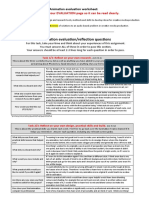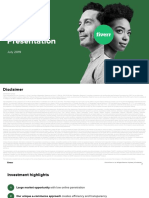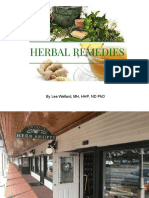0% found this document useful (0 votes)
44 views24 pagesSample Project Report - Design Thinking
The Green Gourmet project aims to develop sustainable dining solutions for the hospitality industry, focusing on environmentally friendly practices to achieve ISO14001 certification. Through design thinking and consumer surveys, the project identifies customer willingness to adopt sustainable practices and proposes ideas like 'Green Coins' for eco-friendly customers and sourcing local ingredients. The methodology includes prototyping and testing solutions, with a comprehensive plan for implementation to enhance customer experience and promote sustainability in dining.
Uploaded by
darklightdevil77Copyright
© © All Rights Reserved
We take content rights seriously. If you suspect this is your content, claim it here.
Available Formats
Download as DOCX, PDF, TXT or read online on Scribd
0% found this document useful (0 votes)
44 views24 pagesSample Project Report - Design Thinking
The Green Gourmet project aims to develop sustainable dining solutions for the hospitality industry, focusing on environmentally friendly practices to achieve ISO14001 certification. Through design thinking and consumer surveys, the project identifies customer willingness to adopt sustainable practices and proposes ideas like 'Green Coins' for eco-friendly customers and sourcing local ingredients. The methodology includes prototyping and testing solutions, with a comprehensive plan for implementation to enhance customer experience and promote sustainability in dining.
Uploaded by
darklightdevil77Copyright
© © All Rights Reserved
We take content rights seriously. If you suspect this is your content, claim it here.
Available Formats
Download as DOCX, PDF, TXT or read online on Scribd
/ 24














